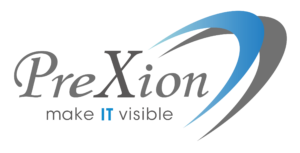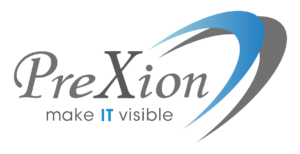
Debt has become more expensive and the lending process more rigorous with banks, investors and accountants taking increased caution in today’s economy. For dentists, dental specialists and dental practice owners, effectively leveraging dental debt is critical for capitalizing on revenue and production growth opportunities.
As a manufacturer of Cone Beam Computed Tomography (CBCT) technology, we recognize the pivotal role that strategic financial management plays in the success of dental practices. This blog explores how dental professionals can leverage debt to their advantage, with a focus on enhancing practice treatment offerings, improving patient care and investing in advanced technologies like CBCT to drive practice growth.
The Current Economic Climate
The current economic environment, characterized by rising interest rates and stringent lending criteria, has made borrowing more expensive and complex. This shift demands that dentists and practice owners be more strategic than ever in managing and acquiring debt. It’s essential to understand the cost of borrowing and to weigh it against potential returns on investment (ROI) that strategic expenditures can bring. The American Dental Association offers multiple resources to support practices in sustaining healthy financial management.
Strategic Investment in Advanced Technologies
Borrowing to invest in advanced dental technologies, such as CBCT systems, can produce ample returns and support practice growth. As just one technology upgrade example, CBCT technology offers unparalleled diagnostic capabilities, enabling dental professionals to provide more accurate diagnoses, plan treatments more effectively and offer a wider range of services, from implantology to orthodontics. While the upfront cost of such technology may be substantial, the long-term benefits, like enhanced patient care, improved treatment outcomes and increased revenue growth due to expanding available services paying for the investment over time. Consider, too, adding less costly imaging technology such as s to the practice to begin earning more per patient visit.
Calculating ROI: A Key to Leveraging Debt
Calculate the expected ROI before taking on debt to finance the acquisition of new technologies. This calculation should factor in both the direct revenue generated by new services enabled by the technology as well as the indirect benefits such as increased patient satisfaction and referrals. A detailed ROI analysis helps ensure that the debt undertaken will be manageable and that the investment will contribute positively to the practice’s financial health. A good place to start is with an ROI calculator.
Navigating Lender Relationships
With financial stakeholders exercising more caution, dental practices must present compelling, well-documented business cases when seeking financing. This includes having a solid business plan that outlines the expected growth and financial projections associated with an investment in technology like CBCT or other imaging. Demonstrating an understanding of the market, the practice’s competitive advantage and a clear path to repayment can help secure financing under favorable terms. Even if you are personally averse to borrowing money for a set term, most lenders allow payoff after only 12 months of regular payments, which provides flexibility to save incremental practice revenue to pay off debt faster.
By carefully evaluating the potential ROI and developing a strong business case for lenders, dental practices can navigate the complexities of borrowing and turn debt into a catalyst for sustainable growth. Debt is meant to be leveraged for growth. In uncertain economic times, the most competitive practices amp up borrowing to invest in expansion. Don’t get left behind.

